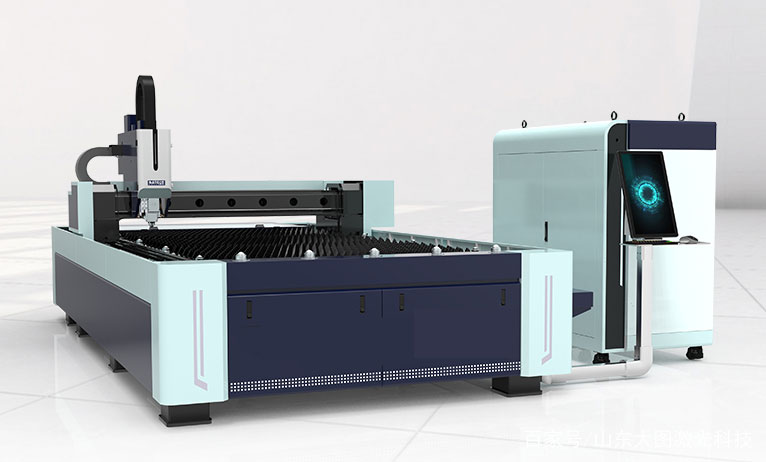Many workers often encounter burning of cutting materials when using laser cutting machines. How to solve some problems encountered by laser cutting machines during the cutting process? Next, let me give you a detailed introduction:

The main reason is that in the processing of small holes, although sufficient cooling can be obtained on the outer side of the hole, the small hole part on the inner side of a single hole causes problems such as over burning and slag deposition due to the small space for heat diffusion and excessive concentration of heat. In addition, in thick plate cutting, the accumulation of molten metal and heat on the material surface during perforation can cause turbulence in the auxiliary airflow and excessive heat input, leading to overheating.
If excessive burning occurs during the cutting of small holes in carbon steel, the key to solving the problem is to suppress the generation of oxidation reaction heat in carbon steel cutting using oxygen as an auxiliary gas. The method of using auxiliary oxygen during perforation and lagging switch to auxiliary air or nitrogen for cutting can be used. This method can process small holes in 1/6 thick plates.
The pulse cutting conditions with low frequency and high peak output power have the characteristic of reducing heat output, which helps to optimize the cutting conditions. Setting the conditions to a single pulse laser beam, high peak output of heat intensity, and low frequency conditions can reduce the accumulation of molten metal on the material surface during the perforation process and suppress the output of heat.
If edge burning occurs in the cutting of aluminum alloy and stainless steel: In the processing of such materials, the auxiliary gas used is nitrogen, and edge burning generally does not occur in the cutting process. However, due to the high temperature of the material inside the small hole, the phenomenon of slag hanging on the inside will be more frequent.
You can increase the pressure of the auxiliary gas and set the conditions to high peak output and low frequency pulse conditions. When using air as an auxiliary gas, just like when using nitrogen, it will not overheat, but it is easy to have slag hanging at the bottom. In this case, it is necessary to set the conditions to high auxiliary gas pressure, high peak output, and low-frequency pulse conditions.
Compared to other traditional cutting methods, laser cutting technology has obvious advantages that cannot be compared. Laser cutting machines not only have the main characteristics of narrow cutting seams and small workpiece deformation, but also have the characteristics of fast speed, high efficiency, low cost, and stable performance.
Therefore, in order to improve the efficiency and production rate of laser cutting machines and avoid the problem of edge burning, users can refer to the above methods for operation and pay attention to the operation methods to achieve the desired effect.




